Here we run through 10 celebrities who you may not have known are avid wig wearers.
Beyoncé
Beyoncé is renowned not only for her powerhouse vocals but also for her impeccable style. Her collection of wigs seamlessly blends with her natural hair, making it nearly impossible to discern when she’s wearing one. From long, flowing locks to sleek bobs, Beyoncé’s wigs are always flawless.
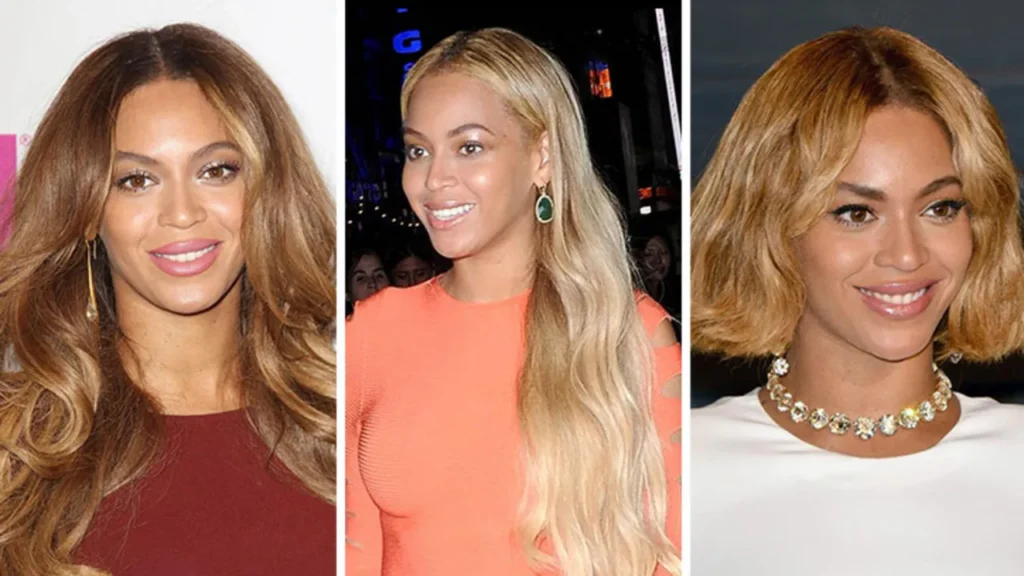
Rihanna
Rihanna’s adventurous spirit extends to her hair, and her wig game is on point. Whether she’s rocking a vibrant red mane or a platinum blonde bob, Rihanna’s wigs always look like the real deal, effortlessly fooling fans and paparazzi alike.
Kylie Jenner
As a beauty mogul, Kylie Jenner knows a thing or two about hair. Her wig collection features a variety of lengths, colors, and textures, all expertly crafted to mimic natural hair. From luscious waves to sleek straight styles, Kylie’s wigs are undetectable even under the scrutiny of HD cameras.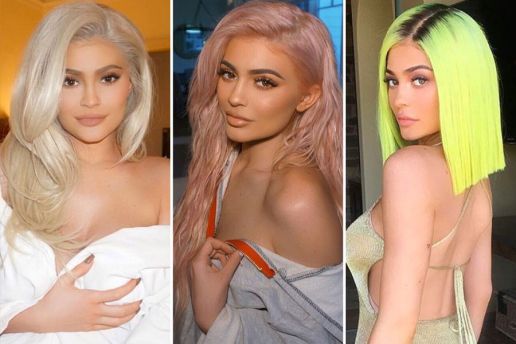
Cardi B
Cardi B is known for her bold and daring fashion choices, and her wig collection is no exception. Whether she’s channeling old Hollywood glamour or rocking a futuristic neon hue, Cardi’s wigs always look flawless and seamlessly blend with her natural hairline.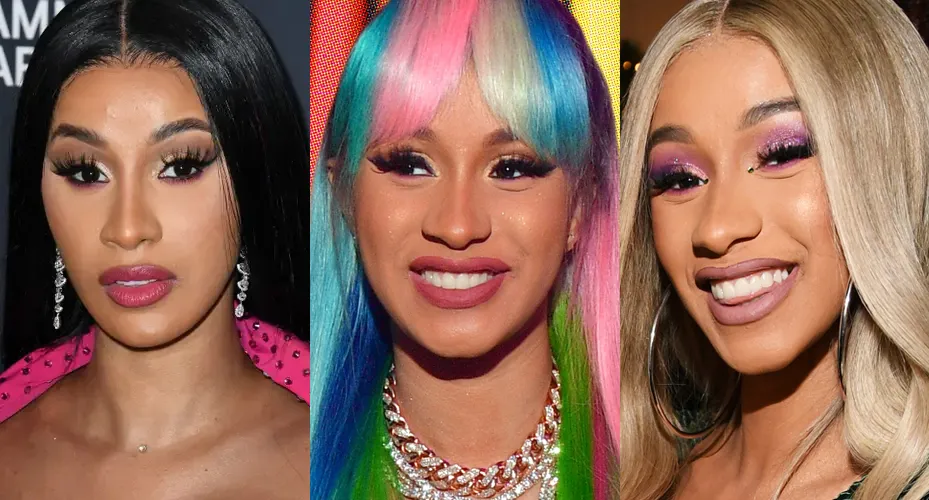
Zendaya
Zendaya is a chameleon when it comes to her hair, effortlessly switching between different styles and lengths. Her wig collection is extensive, featuring everything from long, flowing curls to short, edgy pixie cuts. No matter the look, Zendaya’s wigs are always undetectable.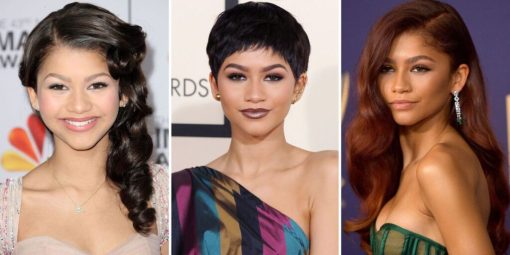
Kim Kardashian
Kim Kardashian is no stranger to the world of wigs, often experimenting with different colors and styles to complement her ever-evolving fashion sense. Whether she’s sporting a sleek, poker-straight bob or long, glamorous waves, Kim’s wigs are always impeccably styled and virtually undetectable.
Nicki Minaj
Nicki Minaj’s wig collection is as bold and colorful as her personality. From vibrant rainbow hues to sleek, sophisticated updos, Nicki’s wigs are always expertly crafted and seamlessly blend with her natural hairline, leaving fans guessing whether it’s her real hair or not.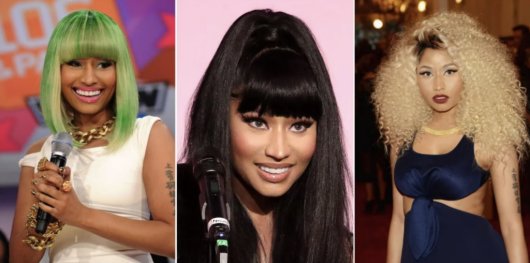
Lady Gaga
Lady Gaga is known for her avant-garde fashion choices, and her wig collection is no exception. Whether she’s rocking a sky-high blonde wig or a sleek, black bob, Gaga’s wigs are always impeccably styled and seamlessly blend with her ever-changing aesthetic.
Ariana Grande
Ariana Grande’s signature ponytail may be iconic, but her wig collection is equally impressive. From long, flowing locks to playful, high ponytails, Ariana’s wigs are expertly crafted to mimic her natural hair, leaving fans guessing whether she’s switched up her look or not.
Serena Williams
Serena Williams is not just a tennis icon but also a fashion trendsetter. Her wig collection boasts a range of styles, from glamorous curls to sleek, straight cuts. Serena’s wigs are meticulously crafted to blend seamlessly with her natural hairline, making them nearly impossible to detect.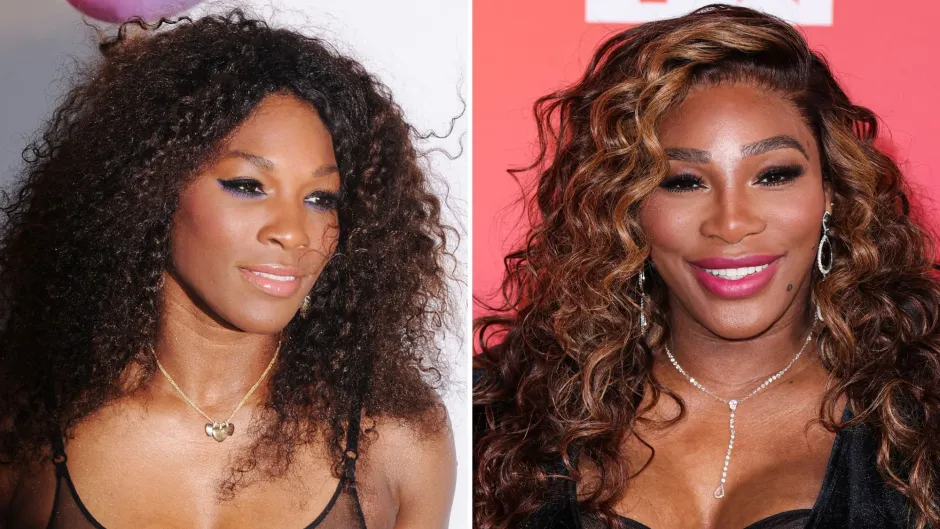





 A tingling scalp is now widely recognised as a possible early symptom of alopecia hair loss. Known in medical terms as trichodynia, the feeling can range from a mild tingling sensation to itching, burning and a sharp stinging feeling on the scalp.
A tingling scalp is now widely recognised as a possible early symptom of alopecia hair loss. Known in medical terms as trichodynia, the feeling can range from a mild tingling sensation to itching, burning and a sharp stinging feeling on the scalp. 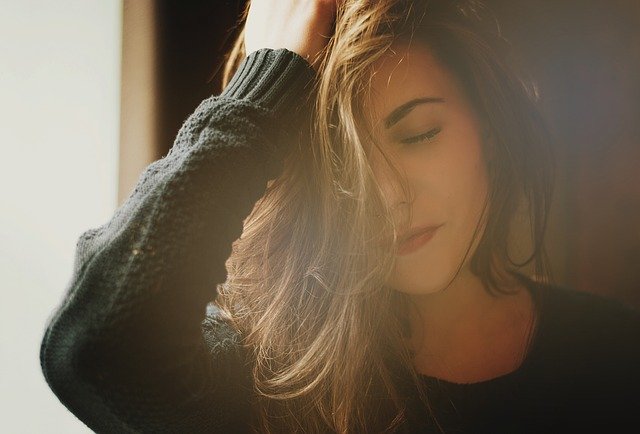
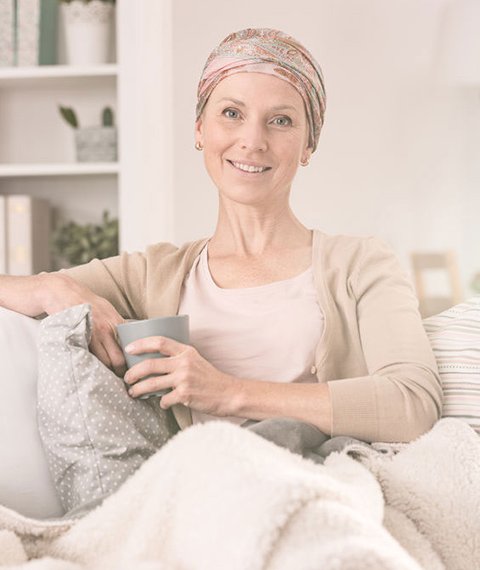
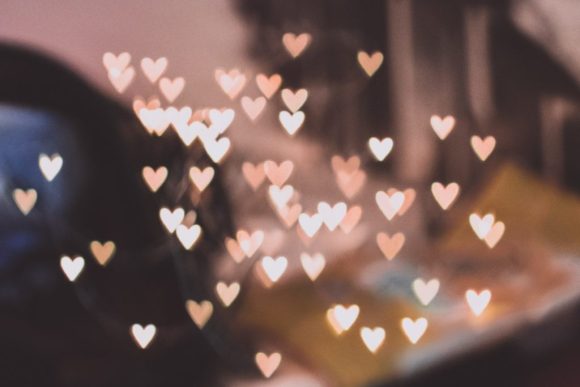
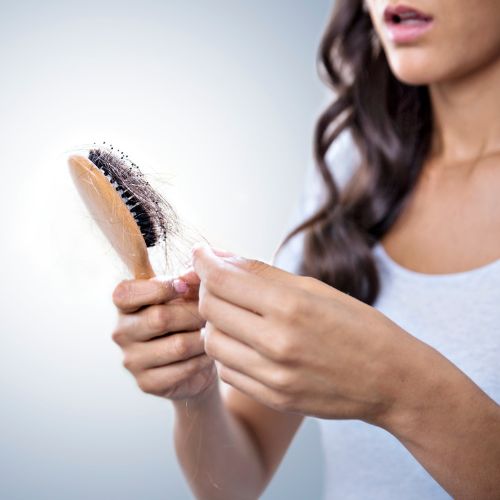
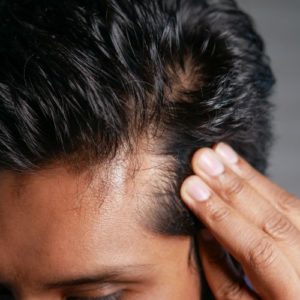 Does either of your parents suffer from hair thinning or baldness? Genetics pays a huge part in this type of hair loss. Although it may seem more associated with men, it is actually extremely common in women too.
Does either of your parents suffer from hair thinning or baldness? Genetics pays a huge part in this type of hair loss. Although it may seem more associated with men, it is actually extremely common in women too.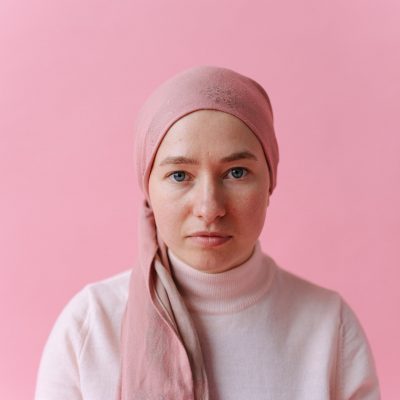
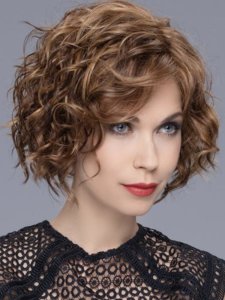
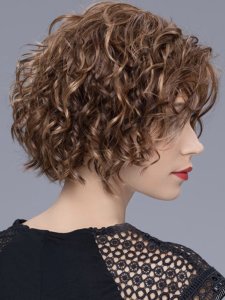

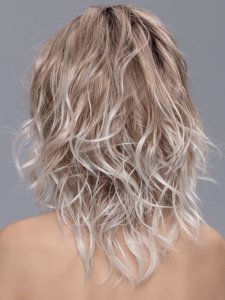
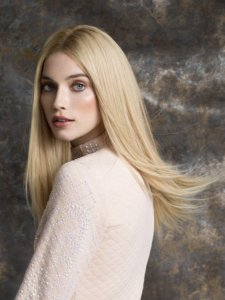


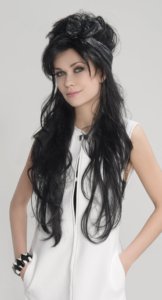 Our final chosen look is a striking, long length style, full of layers and body. From the Hair Power collection, it really does live up to its name and is sure to impress, day or night. It comes in a range of colours (check out the ‘Bright Cherry Red’ or ‘Ice Blonde’) and has a beautiful side swept fringe.
Our final chosen look is a striking, long length style, full of layers and body. From the Hair Power collection, it really does live up to its name and is sure to impress, day or night. It comes in a range of colours (check out the ‘Bright Cherry Red’ or ‘Ice Blonde’) and has a beautiful side swept fringe. 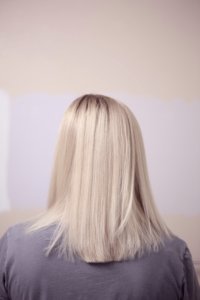 The main decision to make before purchasing your wig is choosing between synthetic and human hair. Consider the pros and cons of each, taking into account which will fit into your lifestyle most easily.
The main decision to make before purchasing your wig is choosing between synthetic and human hair. Consider the pros and cons of each, taking into account which will fit into your lifestyle most easily.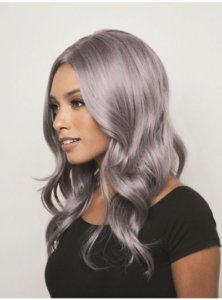 If you are new to wig wearing, you may feel more comfortable going for a colour that is similar to your natural or most recent hair colour. If you want to consider your wider options, knowing your skin’s undertone is a big help in finding the ideal colour match.
If you are new to wig wearing, you may feel more comfortable going for a colour that is similar to your natural or most recent hair colour. If you want to consider your wider options, knowing your skin’s undertone is a big help in finding the ideal colour match.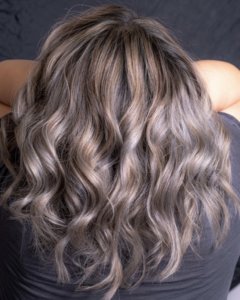 How The Wig Is Made
How The Wig Is Made Taking accurate measurements of your head will allow you to find the correct cap size with a comfortable fit unique to you. You won’t need to worry about it being too tight and causing a headache, or too loose and falling off. Check your measurements against the manufacturers size guide then your good to go!
Taking accurate measurements of your head will allow you to find the correct cap size with a comfortable fit unique to you. You won’t need to worry about it being too tight and causing a headache, or too loose and falling off. Check your measurements against the manufacturers size guide then your good to go!  1. Wash With Care
1. Wash With Care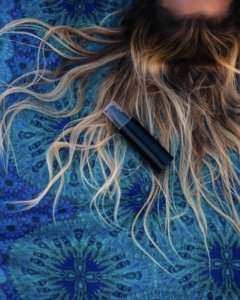 5. Trim Ends For A Frizz Free Look
5. Trim Ends For A Frizz Free Look